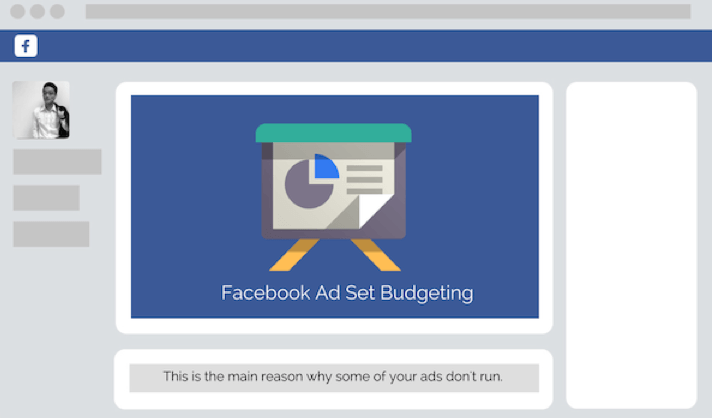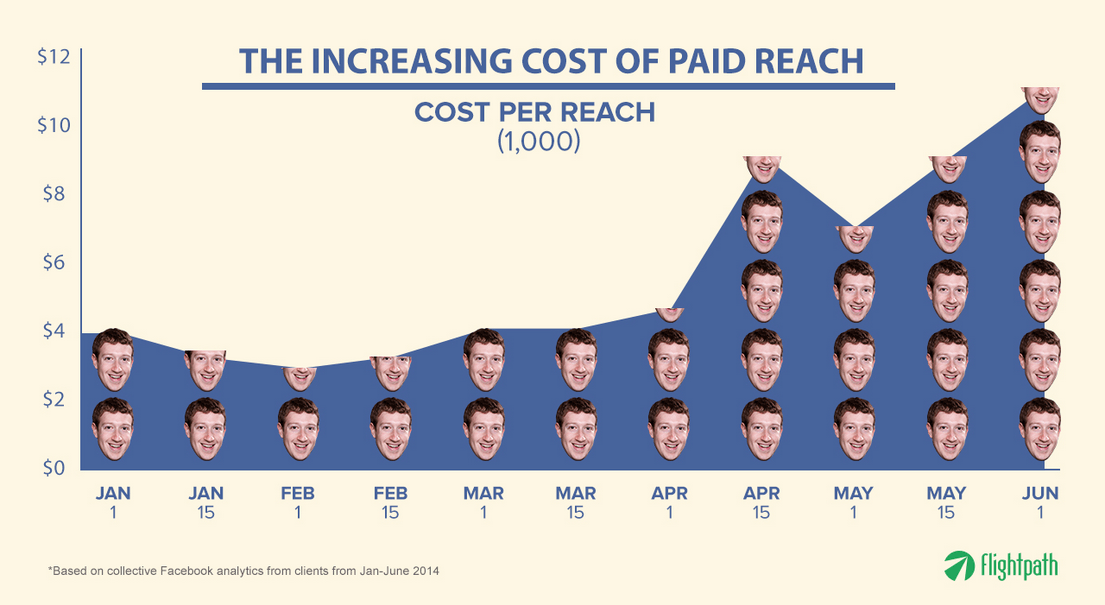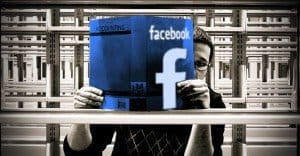 Written by ContentPowered.com
Written by ContentPowered.com
Facebook ads can be incredibly fickle and difficult to finesse into a reasonable budget. If you set your targeting options too broad, a $100 budget can vanish in an hour with virtually nothing to show for it. On the other hand, if you set your targeting too narrow, you’ll end up struggling to get Facebook to take your money. At least, if you set blocks to keep Facebook from spamming users with the same ad over and over. Otherwise, yeah, Facebook will be happy to profit from your mistakes.
So, how much should you be spending on Facebook ads?
Considering the Costs
Here’s one way to look at things. Say you want to run advertising for one month. During that time, you would like your ads to pull in 1,000 new fans. You want 500 people to subscribe to your mailing list. You would like to send 5,000 hits to your website, and you want 100 product sales that came from Facebook. You can track this last one using the Facebook conversion pixel, by the way.
Now, the exact costs of each of these actions are going to vary depending on a lot of factors. Your niche matters a lot. B2B pages have a harder time converting than B2C entertainment pages, for example. You’ll have a harder time reaching 100 product sales if your product costs $100 or is a niche specialty product than if it’s a $5 indie game.
Given these factors, the numbers I’m about to quote are just estimations. They’re baselines you should use to keep your expectations sensible. If you find yourself spending significantly less, you’re either lucky or you’re getting fake fans and fake emails. If you’re spending significantly more, you have some funnel optimization to do.
Facebook Fans are first on the list. You want to pull in 1,000 in the span of a month. Consider that the average cost of a new Facebook fan, in terms of ad spend, is about $0.50 to $1. So for 1,000 fans, you can be looking at $500-$1,000. That’s for one month, for a thousands followers, alone.
Email Subscribers are next. You can get these pretty cheap if you have a great product, a highly effective landing page and a good incentive. Still, consider them to be about the same cost as Facebook followers. 500 new subscribers will run you anywhere from $250 to $500 for the month.
Website Clicks are by far the cheapest option, running you anywhere from ten cents to fifty cents. 5,000 hits to your website, then, could run you anywhere from $500 to $2,500.
Product Sales are too variable to list here. For the sake of an example, let’s imagine you have a product that costs $50, and you’re able to get conversions for a mere $10. That’s a sizable profit, and for 100 new sales, you’ll end up spending $1,000.
Total up all of those numbers. For one month, with a fan growth of 1,000, a mailing list growth of 500, a flood of 5,000 users to your website and 100 new product sales, you’ll end up spending anywhere from $2,250 to $5,000. For one single month!
Now imagine you’re a big business, and you want 10x or 100x those individual metrics. 100 product sales is barely a drop in the bucket. 500 email subscribers barely makes a fraction of one segment of your mailing list. Your page has millions of followers, so you need way more than 1,000 to make an impact. Your ad spend can be horrific.
Optimization Factors
And they tell you Facebook is free! It’s such a joke, at least to a seasoned marketer, to think of any platform as free. Still, those numbers are very real. Consider, then, some ways to make them lower.
Anything that helps convert users will drop the cost of doing so. A higher converting landing page, for example, will mean fewer users need to visit your site in order to get a conversion. Fewer users seeing your ad results in less money being spent.
Though, in reality, Facebook isn’t going to stop eating your budget just because your goal is reached. If you budget $1 per new fan, and your ad proves to be extremely effective, so much so that the cost per fan is $0.50 and you reach your 1,000 new followers in half your budget… Facebook keeps going. You spend your full $1,000, but you end up with 2,000 new fans.
Optimizing your ad image, your ad copy, your landing page, etc; it all works to make your costs lower by increasing their efficiency.
Another way to lower your costs is to enhance your targeting. It can be very expensive to target certain interest groups, certain demographics or certain geographic locations. As a general rule, narrowing down the targeted audience you’re attempting to reach will lower their costs, to a certain point. Beyond that point, costs may be low, but you also won’t reach many people.
Another thing to consider is speed. The faster you want to obtain your conversions, the more people will have to see your ads. Thus, the more expensive it will be. Therefore, adjusting your time expectations can decrease your costs. Maybe you don’t need those 1,000 new fans this month, but can go for only 500 per month for two months. That cuts your monthly ad spend in half for that goal. It’s slower growth, but it’s less expensive that way.
Success on Facebook doesn’t need to be extremely expensive. In fact, you don’t need to spend all that much at all, as long as you’re not relying on explosive growth to turn a profit. Moz has a great rundown of what you can get just by spending a single dollar – just $1 – every day, $30 per month, on Facebook ads. It’s entirely possible to use this tiny amount of budget on a monthly basis to grow your page, and rely on organic advertising and brand building to do the rest of your conversion work for you.
Just remember that one of the greatest benefits of Facebook advertising is the scalability. If you want to start by spending $1 per day on Facebook ads, you’re welcome to do so. If you find they have proven beneficial and you now have made enough profit to double your investment, it’s easy to take advantage of $60 per month. If you want to up it to $100, or $500, or $1,000, Facebook has the numbers and the reach to support your budget. It’s all possible. Just make sure you’re not overpaying for individual conversions; that’s where the cost gets you.


